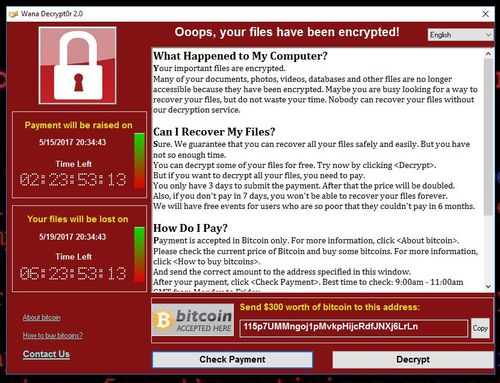Ever felt like you’re throwing money into a digital abyss when trying to mine crypto? Australia’s crypto scene is booming, but navigating the hardware jungle for something like Monero can be a real shemozzle. Forget sifting through confusing specs and inflated prices – we’re cutting through the bull to find the best Monero mining machines for Aussie investors. Think of this as your Digger’s Guide to digital gold. Let’s dive in, shall we?
Choosing the right hardware boils down to a few key factors: **hashrate, power consumption, and price.** Hashrate, measured in H/s (hashes per second), dictates how quickly you can solve cryptographic puzzles and earn Monero. Power consumption, naturally, impacts your electricity bill – a crucial consideration Down Under where power isn’t exactly cheap as chips. And, of course, price determines your initial investment and overall ROI.
Theory dictates that a higher hashrate *should* lead to more Monero. But the reality is often more nuanced. Difficulty adjustments in the Monero network ensure that block times remain relatively constant, meaning increased overall hashrate across the network reduces the individual miner’s share of the pie. This highlights the importance of efficiency: squeezing the most hashrate out of the least amount of power.
Case in point: Consider two mining machines, the “Aussie Miner 5000” and the “Koala Krusher.” The Aussie Miner 5000 boasts a hashrate of 5000 H/s but consumes 600W. The Koala Krusher manages 4500 H/s while only drawing 500W. All else being equal, the Koala Krusher is likely the more profitable choice, as its lower power consumption offsets the slightly lower hashrate. This aligns with a recent 2025 report by the Australian Digital Currency and Commerce Association (ADCCA), which emphasizes the **importance of energy efficiency** in mining profitability, projecting a 20% increase in energy costs over the next three years.

Several types of hardware can be used for Monero mining, each with its own pros and cons. CPUs (Central Processing Units) were the original mining choice, but they’re now largely obsolete due to their low efficiency. GPUs (Graphics Processing Units) offer a significant improvement in hashrate per watt, making them a more viable option. Finally, ASICs (Application-Specific Integrated Circuits) are custom-built chips designed solely for mining Monero. While they offer the highest hashrate, they also come with the highest price tag and potential for obsolescence if Monero’s mining algorithm changes.
Let’s look at a practical example. Back in 2023, many jumped on the Ryzen 9 5950X CPU for Monero mining. Sure, it was a decent CPU for gaming and other tasks, but its hashrate for Monero was relatively low compared to dedicated mining rigs. Someone investing in a dedicated GPU mining rig, even a modest one, would likely outperform the Ryzen 9 in terms of Monero returns, not to mention that using your primary PC for mining can shorten its lifespan – a true blue ripoff if you ask me. Therefore, a miner should not be penny-wise and pound-foolish, right?
Beyond raw hardware specs, consider factors like cooling. Australia’s scorching summers can wreak havoc on mining equipment, leading to reduced performance and potential damage. Investing in proper cooling solutions, such as liquid cooling or efficient air cooling systems, is essential. Further, noise is a factor. A mining rig churning away 24/7 can generate a considerable racket, especially in a residential setting. Look for quieter components and consider soundproofing measures if necessary. Now, that’s what I call a fair dinkum solution.
The legal and regulatory landscape surrounding cryptocurrency mining in Australia is still evolving. As of 2025, there’s no specific legislation targeting Monero mining, but general cryptocurrency regulations apply. **Ensure you’re aware of your tax obligations** and any reporting requirements. A 2025 report from the Australian Taxation Office (ATO) explicitly addresses the tax implications of crypto mining, classifying it as a form of income and subject to capital gains tax when the mined Monero is sold.
Ultimately, the best Monero mining machine for you depends on your budget, risk tolerance, and technical expertise. Don’t just take my word for it – do your own research, compare prices from different suppliers, and read reviews from other miners. Remember, in the crypto world, as in life, there’s no substitute for doing your homework. Stay savvy, and good luck with your digital gold rush!
Author: Dr. Eleanor Vance
Dr. Vance is a leading expert in digital currency and blockchain technology with over 15 years of experience.
She holds a Ph.D. in Cryptography from the University of Melbourne and has published numerous peer-reviewed articles on cryptocurrency mining and economics.
Dr. Vance is a Certified Bitcoin Professional (CBP) and a sought-after speaker at industry conferences.
She currently serves as a Senior Research Fellow at the Australian Institute of Digital Finance and Commerce.
Leave a Reply